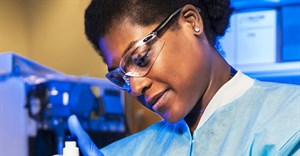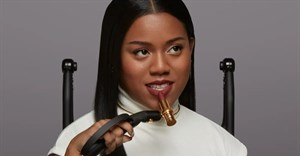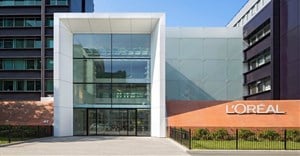L'Oréal sets its sights on the African woman
L'Oréal SA MD Philippe Raffray says the next step is to consolidate expansion of the SoftSheen Carson range — which has moved into body lotions — and to keep growing its markets in SA and the rest of Africa.
L'Oréal has a range of products that span facial care, fragrances and hair care that are targeted at markets ranging from the professional salon to the budget consumer.
Raffray says that it was a number of innovative steps that allowed the company to grow into its position today. As a result, the company spends 3,3% of its annual turnover — or €581m — on research and development.
Out of its staff of 63000, about 3000 are involved in research and development globally, and the company registers about 500 patents a year.
Raffray says the company, which has 26 international cosmetics brands and a presence in more than 130 countries, already has a presence on the continent upon which it aims to build. A key market is the African woman, and L'Oréal is seeking growth and expansion into this market, that will require balancing technological innovation with the need for prudent spending.
The group has expanded through innovation, and through targeting products at specific markets. Products are designed to offer consumers something they may not have thought they needed, such as an oscillating mascara wand.
Its South African manufacturing facility works with another in Chicago to create a range of specifically targeted offerings to suit women who may wish to relax their hair, or condition their bodies with lotion, he says.
Raffray says the black market has been ignored for far too long. “You have to listen to what consumers say.” This will give the beauty company, which has 15,8% of a €110bn global market, room to grow on a continent where challenges may include hairdressers not having enough water to rinse off relaxer, Raffray says.
Hair is an opportunity for the brand, as it is a quick way for a consumer to feel good and beautiful, without a full makeover. “At the end of the day, we make people feel good, we build up their confidence.”
L'Oréal dates its origins back to 1909, to a small apartment in Paris in which the dining room doubled as a demonstration area and the kitchen as a laboratory.
It was here that French chemist Eugène Schueller started a company called La Société Française de Teintures Inoffensives Pour Cheveux — the Safe Hair-Dye Company of France — with the equivalent of about €120 in his pocket.
Schueller focused on hair dye and in 1939 the company officially took on the name L'Oréal, and opened its headquarters at 14 rue Royale in Paris, where researchers had access to laboratories and quickly produced a series of cosmetics products.
Two decades ago, the group expanded internationally, moving into China and India, and now there is growth in demand from Africa, which can partially be supported by the South African office, present here since 1963. The South African office controls business in southern Africa and east Africa.
Source: Business Day
Published courtesy of











